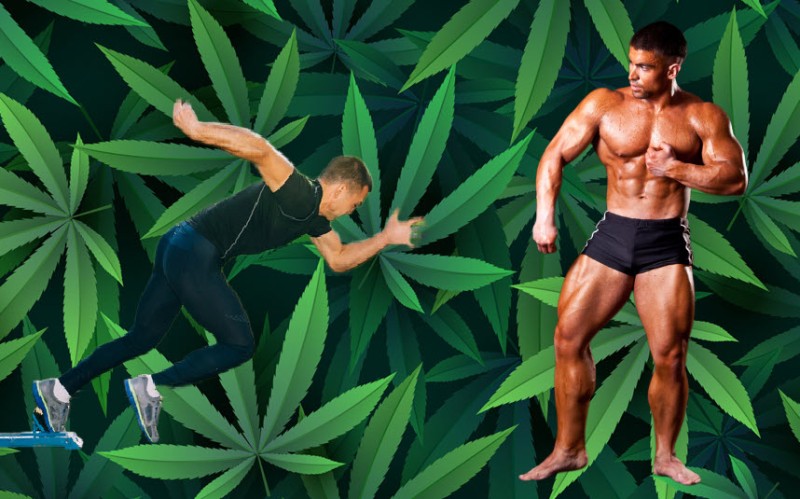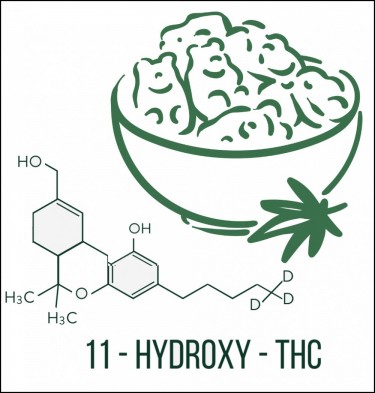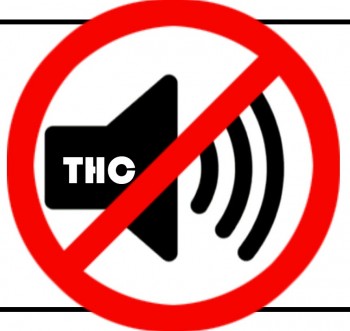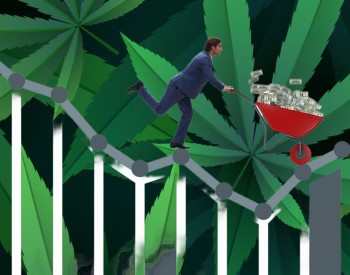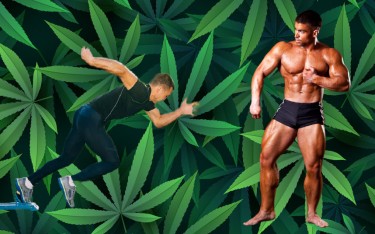
As marijuana legalization spreads across various states, from Colorado to New York, an increasingly common question emerges: Which offers a better experience, smoking weed or consuming it through edibles?
The edibles versus smoking weed debate is influenced by many factors unique to each individual, including the type of cannabis experience they desire. Factors such as different strains, terpene profiles, and cannabinoid ratios play pivotal roles in shaping one's experience, affecting both the intensity of the high and its duration.
Beyond potency, the method of consumption exerts the most significant influence on one's cannabis encounter. Whether you choose to ingest cannabis edibles or smoke marijuana can yield entirely distinct experiences.
In this article, we will delve into how the ingestion of cannabis edibles and smoking cannabis impacts the brain and body, highlighting both their commonalities and disparities. We will also explore the metabolism of THC and guide accurately dosing weed edibles to ensure the optimal experience.
What Are Edibles?
Edibles refer to food items that contain marijuana as an ingredient. While smoking marijuana remains the most commonly used method of consumption, the consumption of marijuana through edibles is rapidly gaining popularity.
Edible cannabis products generally offer similar benefits to other cannabis consumption methods. People use them to attain specific effects, such as relaxation, or for medicinal purposes, like managing chronic pain.
The impact of edibles varies depending on the quantity consumed. Generally, the effects become more pronounced as the dosage increases. Nonetheless, it's important to note that overindulging in cannabis edibles is quite easy, leading to potential adverse reactions like nausea and vomiting.
Smoking vs. Edible Euphoria
Do smoking weed and consuming edibles have the same effects? Not quite!
When you smoke cannabis, the active compounds known as cannabinoids are swiftly absorbed through the lungs and into the bloodstream, effectively crossing the blood-brain barrier. This rapid entry allows cannabinoids like delta-9-tetrahydrocannabinol (THC), commonly called delta-9-THC, to reach the brain promptly.
Once THC and other cannabinoids, such as cannabidiol (CBD), interact with receptors within the endocannabinoid system (ECS), particularly the CB1 receptors, they generate the sensation of "high" and euphoria that is typically associated with cannabis use.
Smoking cannabis leads to a rapid delivery of THC to the brain, resulting in short-term effects that onset quickly. Smoking weed provides an almost instant sensation, with the peak effects typically occurring within 2 to 4 hours.
On the other hand, edibles follow a different path. They navigate through the digestive tract, where absorption occurs in the stomach, and they undergo metabolism in the liver. THC is converted into 11-hydroxy-THC within the liver, a more potent and longer-lasting compound than delta-9-THC. This is why edibles are known for being stronger, more potent, and have a prolonged effect duration compared to inhaled cannabis.
The high induced by ingesting edibles takes longer to manifest compared to inhaling THC. THC from edible cannabis embarks on a journey through the digestive tract before reaching the liver, where it undergoes conversion into the potent 11-Hydroxy-THC. This process typically takes 45 minutes to three hours before the effects become noticeable.
11-hydroxy-THC exerts significantly greater sedative, pronounced reactivity, and lasts for an extended period, often 8-12 hours. Consequently, the effects of edibles are likely to linger far longer than those of smoked cannabis.
For individuals used to smoking cannabis, there are a couple of perceived drawbacks regarding edibles. One is the absence of the familiar smoking ritual, and the other is the extended waiting time for the effects to kick in. Moreover, edibles can be packed with calories, sugar, and fats.
Dosing Edibles Correctly
Properly dosing weed edibles involves considering various factors interconnected with how the body metabolizes THC. When THC is consumed through ingestion, the liver plays a pivotal role in processing it before releasing it into the bloodstream, ultimately affecting the brain. Consequently, your experience with edibles is influenced by several critical variables:
-
The liver's metabolic process for substances like cannabis.
-
The inclusion of fats or other foods alongside THC.
-
Individual tolerance levels for THC.
It's important to note that there is no universally recommended standard THC dose, as these factors vary from person to person. Unlike some medications, which are dosed based on body weight, this approach does not apply to edibles.
Researchers commonly use 5 mg as the "standard" THC dose, but experts suggest starting with a more cautious 2.5 mg. In many regulated cannabis markets, the legal "standard" serving size for edibles is 5 mg, which may prove excessive for first-time users, women, or individuals susceptible to cannabis side effects.
For those interested in a cannabis microdosing approach, a recommended method involves abstaining from THC for at least 48 hours to prevent tolerance build-up. Subsequently, consumption should commence with just 1 mg of THC, followed by gradual incremental increases. A micro-dose typically falls within the 1-2.5 mg range for most users.
The range of 2.5-5 mg is generally suitable for most users. Higher doses, ranging from 15 to 30 mg, are more suitable for frequent edible users. In comparison, amounts exceeding 50 mg are typically reserved for medical marijuana patients or individuals with extensive THC experience.
Conclusion
The choice between smoking weed and consuming it through edibles ultimately comes down to personal preferences and desired effects. Both methods have their unique characteristics and impacts on the body. Smoking cannabis offers a rapid onset of products, providing a nearly instant sensation of euphoria. However, the duration of the high is relatively short-lived compared to edibles.
Conversely, edibles take longer to kick in but deliver a stronger and longer-lasting experience due to the conversion of THC in the liver. This method offers a more prolonged relaxation and euphoria, making it suitable for those seeking sustained relief or therapeutic benefits.
Ultimately, the choice between smoking and edibles depends on your preferences, goals, and how you want to experience cannabis. As marijuana legalization spreads, understanding these differences can help individuals make informed decisions about their consumption methods.
THC PROCESSED THROUGH THE LIVER, READ ON..
WHY ARE EBIBLES SO STRONG, 11-HYDROCY-THC!
